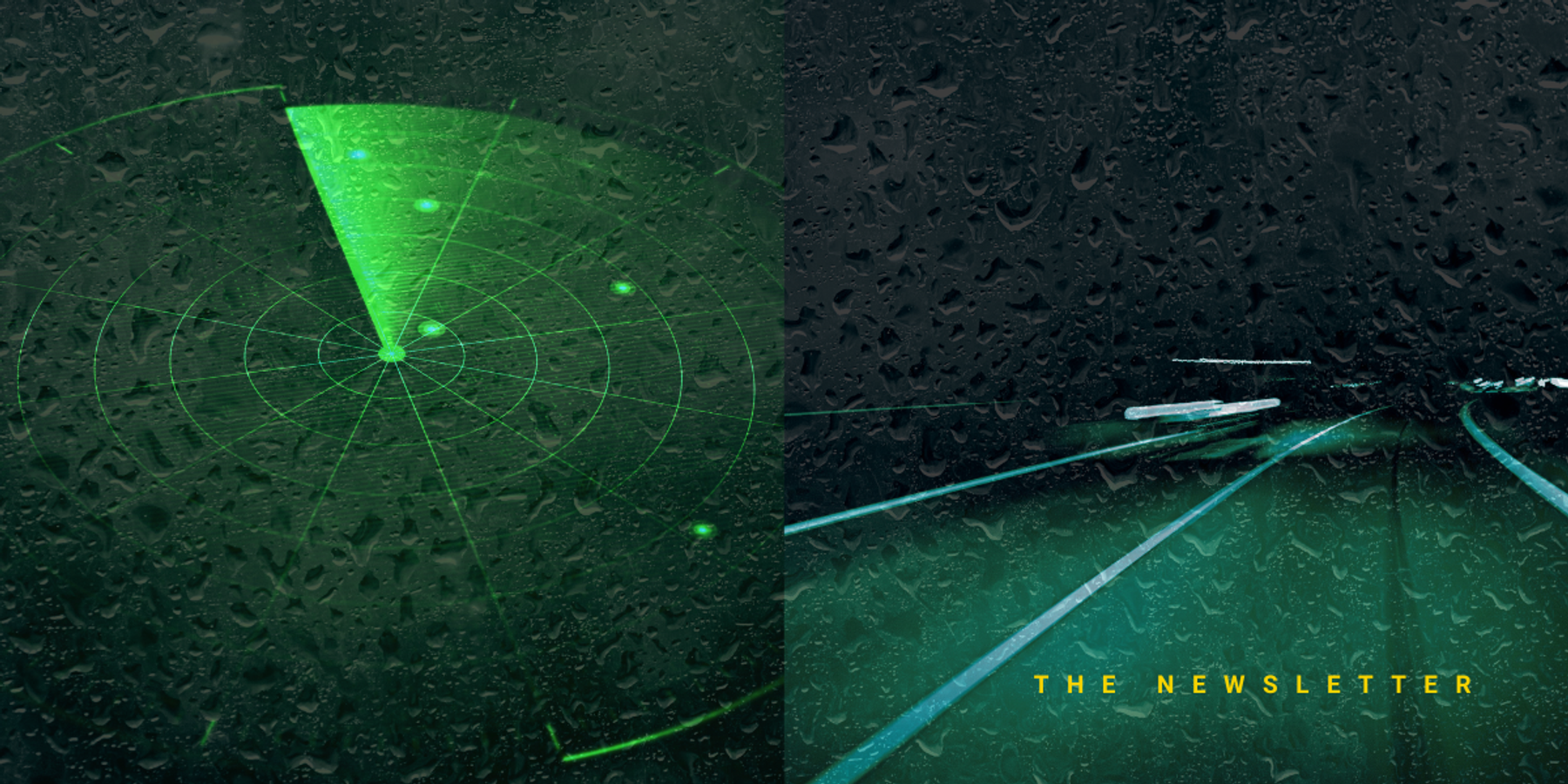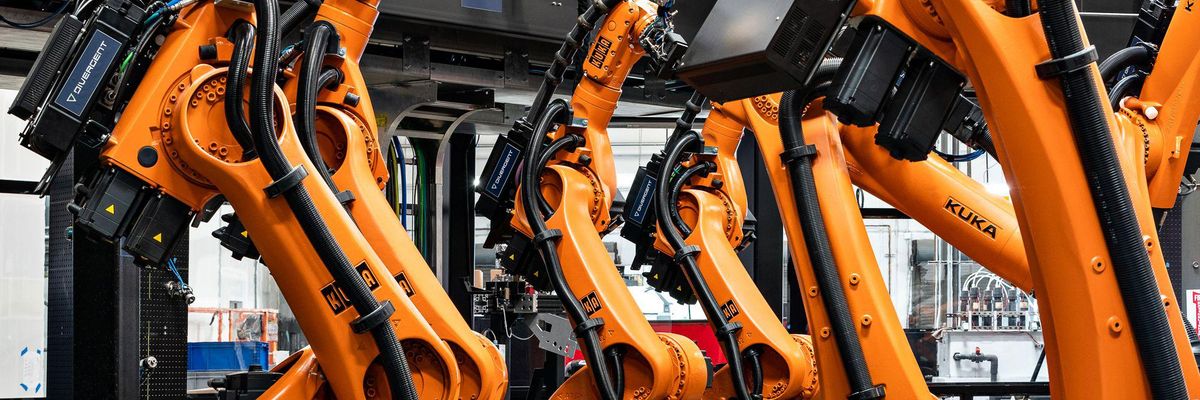

Get in the KNOW
on LA Startups & Tech
X
Courtesy of Divergent Technologies.
Divergent Technologies Raises $160M to 3D-Print Car Parts
David Shultz
David Shultz reports on clean technology and electric vehicles, among other industries, for dot.LA. His writing has appeared in The Atlantic, Outside, Nautilus and many other publications.
Divergent Technologies wants to radically change automotive manufacturing with 3D printing, smarter software and an entirely new approach to assembly. A new $160 million round of funding should help the Torrance-based startup on that mission.
Divergent unveiled the Series C round on Monday, announcing investors like businessman (and 2020 Democratic presidential candidate) Tom Steyer and former Goldman Sachs president John L. Thornton, who has joined the company’s board of directors (Thornton also currently sits on Ford Motor Co.’s board). Bloomberg reported that London-based investment firm Hedosophia also participated in the round, which values Divergent at more than $1 billion and adds to $200 million in previous funding from the likes of Horizons Ventures and Altran Technologies.
The company’s technology combines generative design and 3D printing to create custom-tailored components for auto parts manufacturers. Its software inputs the volume of the part, where it needs to connect to the rest of the vehicle and what kind of loads it needs to tolerate. The computer then calculates the optimal shape and design for the final product; designs can be optimized for weight, strength, cost and other parameters. Once a design is selected, it’s constructed, layer by layer, by one of Divergent’s printers, and then assembled autonomously.
“It’s an entirely new production system that we've created from scratch,” Divergent senior vice president Lukas Czinger told dot.LA. “If your cost target changes, or your mass target changes, or your design volume changes, or you want to quickly introduce a variant to your car. Within days, literally, we can design, print and assemble that new design.”
Czinger was tight-lipped about which specific auto manufacturers the company is working with—but said Divergent would be making announcements this summer, and that three of the original equipment manufacturers (OEMs) it is working with “are within the five largest OEMs in the world.” Czinger confirmed that some of the car models that Divergent is designing for are electric vehicles.
In addition to making auto manufacturing cheaper and faster, Divergent also claims its system can reduce the industry’s carbon footprint by reducing waste and improving efficiency. Steyer—an environmentalist who made climate change a major part of his presidential campaign platform—said Divergent is “one of the companies I’m most hopeful will have an important impact on our ability to combat climate change” in a statement.
“Zero-emissions vehicles are an important part of a greener future, but if we can't reduce the environmental costs of building them in the first place, their impact will never be fully realized," Steyer said. “Divergent's technology can change that.”
Divergent said it will use the funding to scale up its manufacturing facilities, with plans for new factories in the U.S. and Europe “starting in 2024.”
From Your Site Articles
- How Amazon's Jeff Wilke Plans to Bring Back US Manufacturing ... ›
- Jeff Wilke is Obsessed With Bringing US Manufacturing Back - dot.LA ›
- Inside Machina Labs, the AI Robotics Startup That Wants to ... ›
- Divergent Secures $160M, Coral Tree Partners Land $470M Fund - dot.LA ›
Related Articles Around the Web
David Shultz
David Shultz reports on clean technology and electric vehicles, among other industries, for dot.LA. His writing has appeared in The Atlantic, Outside, Nautilus and many other publications.
CHAOS in the Skies, Valar in the Core and Robotaxis on the 405
09:24 AM | November 14, 2025
🔦 Spotlight
Hello LA!
If you are reading this while watching the clouds stack up over the city, you are not wrong. The forecast is calling for heavy rain and possible flooding through Sunday, so consider this your permission slip to cancel a few plans, stay dry and catch up on what the hard-tech crowd has been building this week.
Let us start with the least subtle name in local defense tech. CHAOS Industries just closed a $510 million dollar round led by Valor Equity Partners, valuing the company at $4.5 billion dollars and pushing its total funding past the $1 billion dollar mark in under three years. The company builds Coherent Distributed Networks radar, essentially a mesh of smaller, lower cost sensors that can pick up drones and other low flying threats minutes earlier than legacy radar systems, a gap that has become painfully obvious on modern battlefields. The new capital is going toward product development and manufacturing so militaries and border agencies can actually field these systems at scale rather than treating them as one-off experiments.
What makes CHAOS interesting is not just the size of the round but the architecture choice. Instead of a single massive radar on a hill, they are betting on distributed, software first networks that can be upgraded, repositioned and re-tasked as threats change. It is a very cloud-era way of thinking about defense hardware, and it is pulling engineers from a mix of aerospace, gaming and traditional software backgrounds into a category that used to be the domain of slow, closed incumbents.
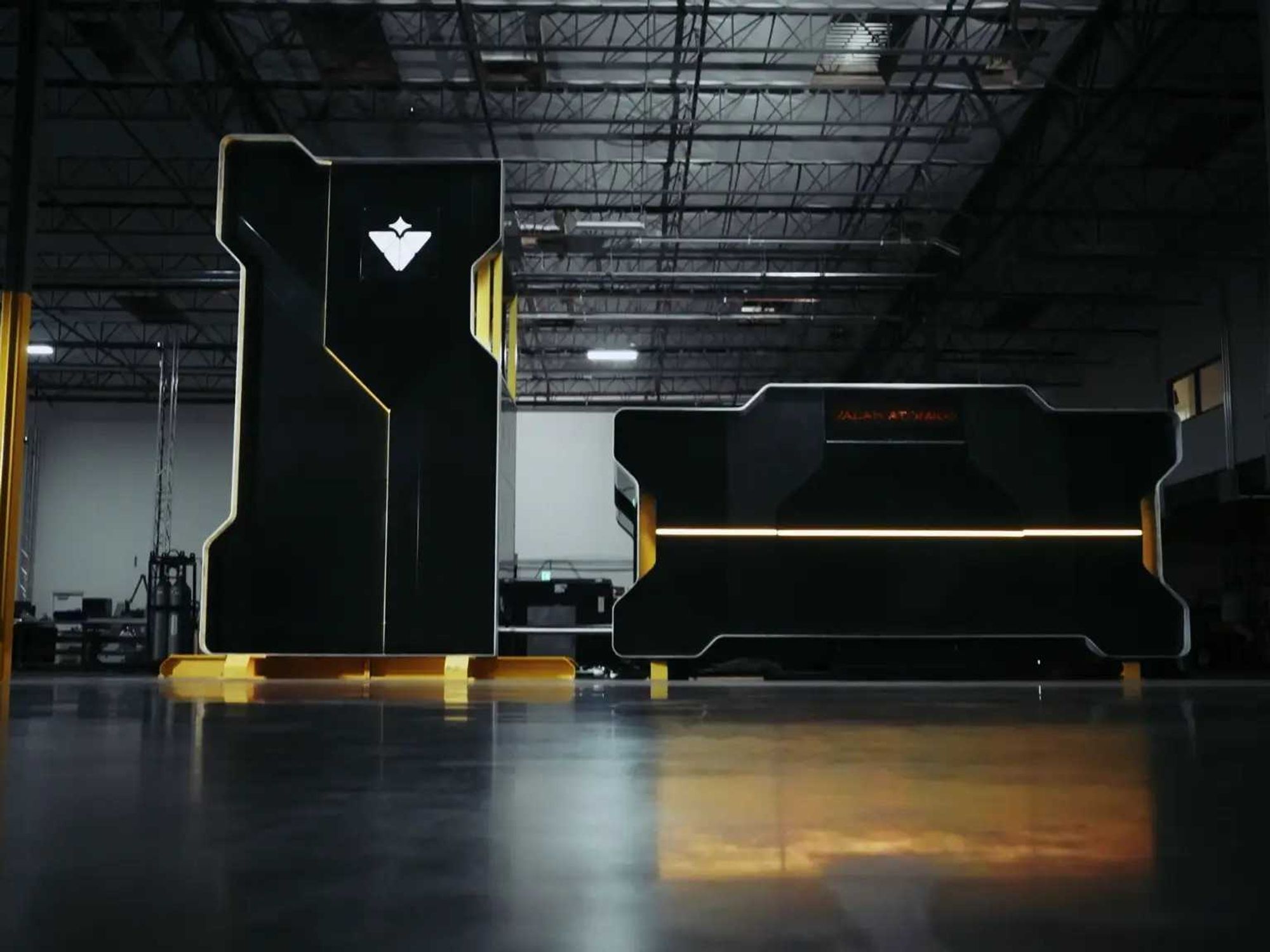
If CHAOS is focused on keeping the skies manageable, Valar Atomics wants to keep the lights on for everything that needs compute. The Hawthorne based nuclear startup raised $130 million dollars in Series A funding led by Snowpoint Ventures, with participation from Crosscut Ventures and a roster of deep tech backers that includes Palmer Luckey and Palantir CTO Shyam Sankar. Valar is building compact, high temperature gas reactors that use TRISO fuel and helium coolant, designed for strong safety characteristics and very high operating temperatures.
Instead of a single gigantic nuclear plant, Valar’s plan is to mass produce one standardized reactor design and cluster hundreds of them on “gigasites” that sit directly behind the meter for big energy users. Think hydrogen production, AI data centers, heavy industry and synthetic fuel plants, not just electrons on the grid. Construction is already underway on a first test reactor in Utah, targeted for completion in 2026, and the company is positioning itself as part of a new wave of nuclear companies that treat reactors as a product you replicate, not a megaproject you tolerate.
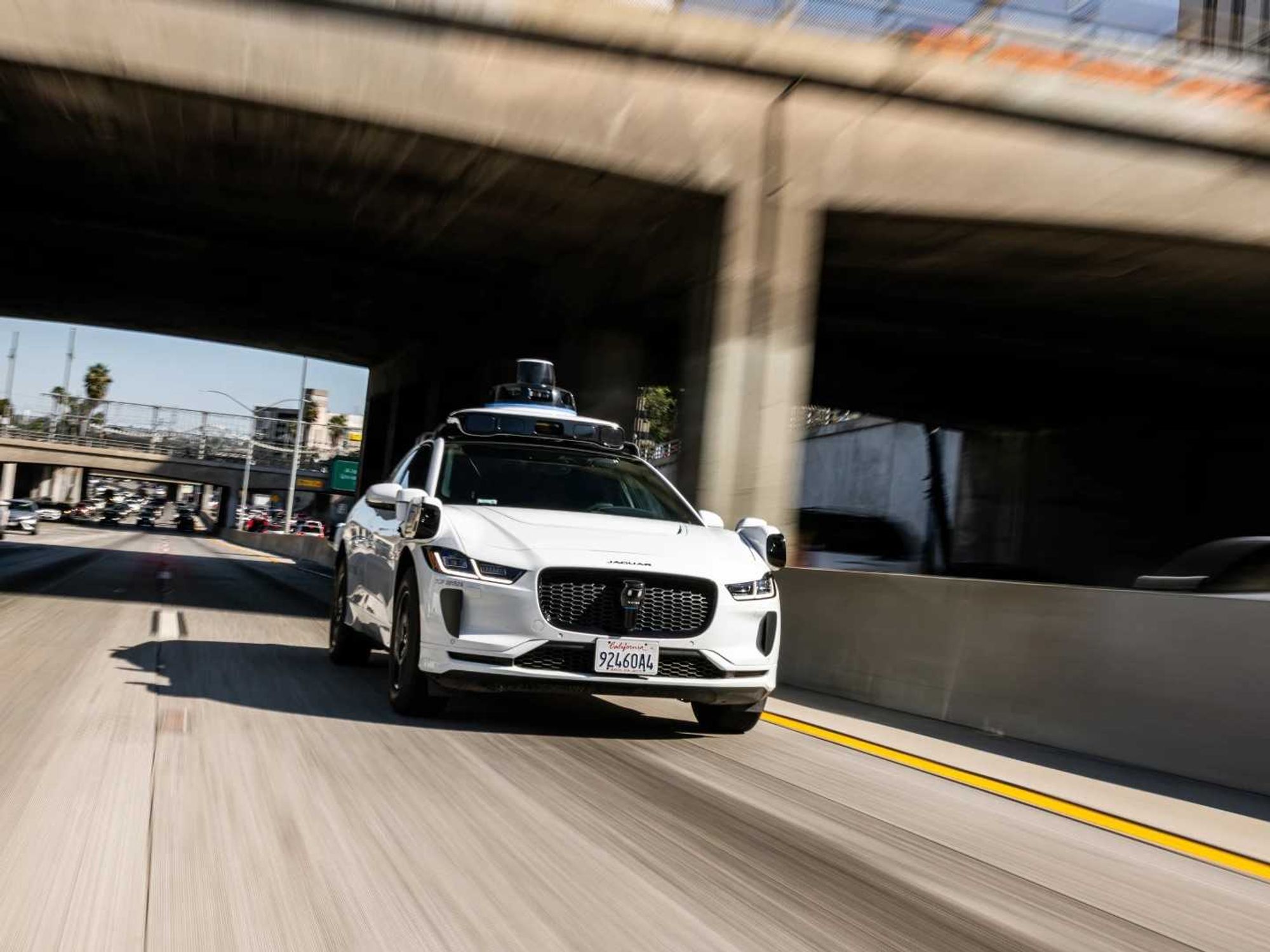
On the consumer side, your weekend mobility options are getting an upgrade too, weather permitting. Waymo has begun routing paid robotaxi rides onto freeways in Los Angeles, alongside San Francisco and Phoenix, after years of staying mostly on surface streets. The company says freeway segments can cut some trip times by as much as half, making a driverless ride to LAX or a cross town trek on the 405 feel less like a novelty and more like a practical option. Regulators and human drivers now have to figure out what it means to share the fast lane with cars that never get tired and never text at red lights.
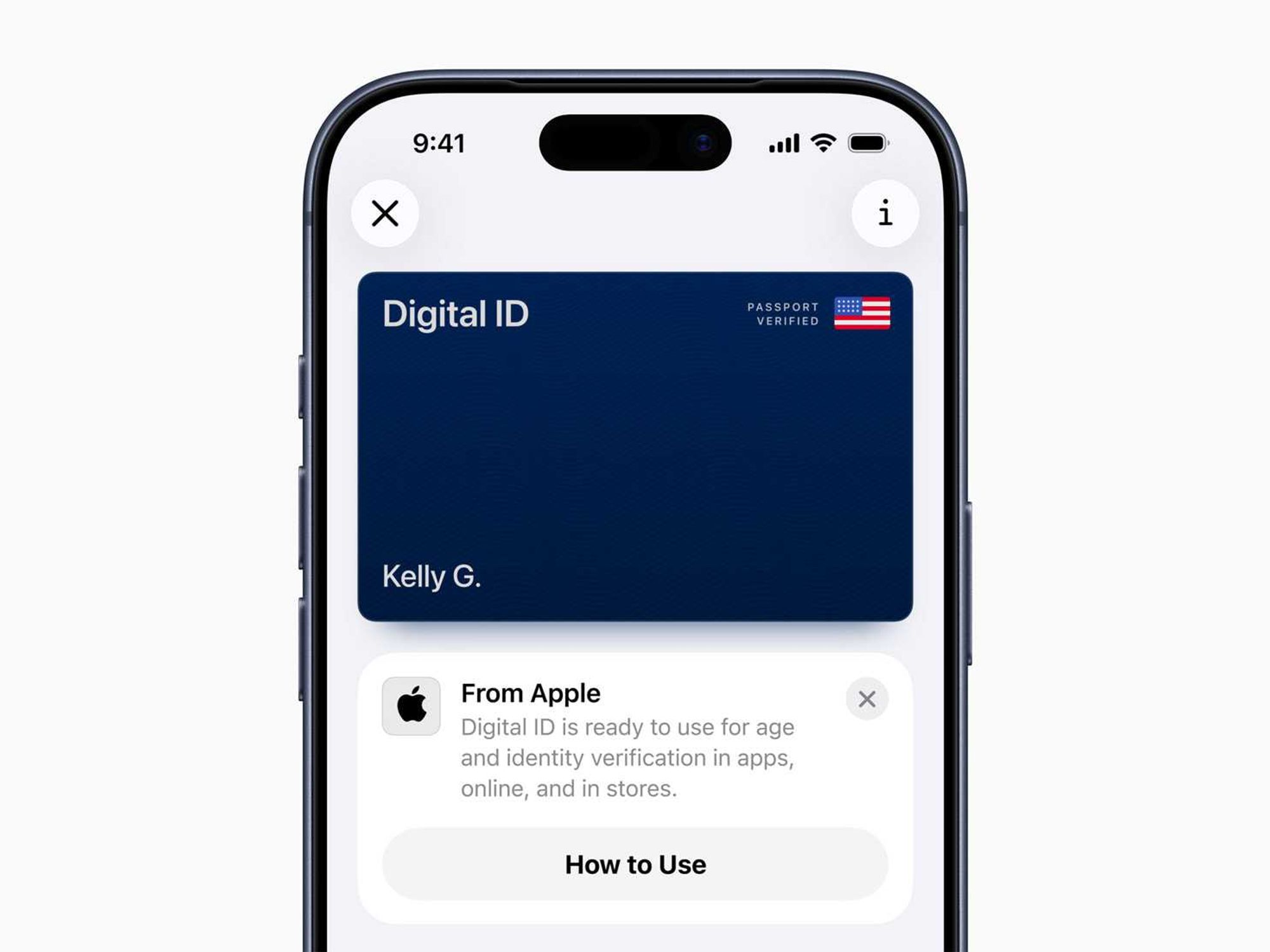
Apple is also coming for the least fun part of any LA trip: the airport ID check. The new Digital ID feature lets you create a passport based identity inside Apple Wallet that TSA will accept at more than 250 airports for domestic travel, including LAX. You scan your passport, verify with Face ID and then present your Digital ID at TSA checkpoints using your iPhone or Apple Watch without handing over your device. It will not replace a physical passport for international flights, but it does mean boarding passes, credit cards and ID can all live in the same tap-to-go flow the next time you sprint to Terminal 4.
Between radar that sees drones earlier, reactors that promise industrial scale clean power and robotaxis that hop on the freeway, a lot of the future is quietly being wired in while you hunt for an umbrella. Stay safe, stay dry this weekend and keep scrolling for this week’s venture rounds, fund announcements and acquisitions.
🤝 Venture Deals
LA Companies
- Skims has raised $225M in new funding at a $5B valuation, in a round led by Goldman Sachs Alternatives with participation from BDT & MSD Partners. The company plans to use the capital to accelerate its shift toward brick-and-mortar retail and international expansion, while continuing to invest in product innovation across intimates, shapewear, apparel, and activewear, including its new NikeSKIMS collaboration; Skims is on track to surpass $1B in net sales in 2025, just six years after launch. - learn more
- Neros has raised $75M in a Series B round led by Sequoia Capital, with participation from existing investors Vy Capital US and Interlagos, bringing its total funding to over $120M. The El Segundo based defense drone startup will use the capital to massively scale production of its Archer and Archer Strike FPV drone platforms and ground control systems, expand industrial capacity, and deepen a China-free, allied supply chain. The raise coincides with Neros being selected as one of the primary FPV drone suppliers for the U.S. Army’s Purpose-Built Attritable Systems program, following a major Marine Corps drone order. - learn more
LA Venture Funds
- BAM Ventures joined Exowatt’s new $50M financing round, backing the Miami based company’s push to deliver dispatchable, American made solar power to AI data centers and other energy hungry industrial sites. The round, an extension of Exowatt’s $70M Series A led by MVP Ventures and 8090 Industries, brings the company’s total funding to $140M in under two years. Exowatt will use the capital to expand U.S. manufacturing and scale deployments of its modular P3 system, which stores solar energy as heat and converts it to electricity on demand to provide round the clock, grid independent power. - learn more
- WndrCo joined the $145M Series B round for Alembic, the AI marketing analytics startup it first backed in early 2024, as the company’s valuation jumped to $645M. The round was led by Prysm Capital and Accenture and will help Alembic scale its platform, which uses AI to link brand marketing across channels like TV, podcasts and social media to real sales outcomes. Alembic also plans to use part of the funding to build a new Nvidia powered supercomputing cluster in San Jose to support growing demand from enterprise customers. - learn more
- Magnify Ventures joined Joy’s $14M Series A round, backing the San Francisco based startup’s push to build an AI powered parenting platform that blends machine intelligence with real human experts. Co-led by Forerunner and Raga Partners, the funding coincides with the launch of the Joy Parenting Club app, which gives new parents and parents of toddlers 24/7 access to certified coaches plus AI driven guidance, milestone tracking and personalized product recommendations. Joy plans to use the capital to further develop its AI model, expand partnerships with baby and parenting brands, and grow its expert network to support families through more stages of childhood. - learn more
- Overture VC, via its climate focused Overture Climate fund, reupped in Harbinger’s $160M Series C round as the medium duty electric and hybrid truck maker continues to scale its U.S. built EV platform. The round was co led by FedEx, Capricorn’s Technology Impact Fund, and THOR Industries, and includes existing backers like Tiger Global, Ridgeline, Maniv Mobility, Schematic Ventures, Ironspring Ventures, ArcTern Ventures, Litquidity Ventures, and The Coca Cola System Sustainability Fund. Harbinger will use the capital to ramp production of its electric stripped chassis platform and fulfill an initial FedEx order for 53 Class 5 and 6 trucks, supporting large fleet electrification and last mile delivery use cases. - learn more
- Sound Ventures joined the $60M Series B round for GC AI, an AI platform built for in-house legal teams, alongside lead investors Scale Venture Partners and Northzone. The new funding values the San Francisco based startup at $555M and brings its total capital raised to $73M. GC AI will use the money to accelerate product development and deepen its integrations and AI agents, building on rapid growth to more than 1,000 customers, $10M in ARR, and 1.75 million legal prompts processed in under a year. - learn more
- Fulcrum Venture Group doubled down on its backing of Code Metal, joining the startup’s $36.5M Series A to support its push to bring verifiable AI powered code translation to mission critical industries. Led by Accel at a $250M valuation, the round also brought in RTX Ventures, Bosch Ventures, Smith Point Capital, Overmatch VC, AE Ventures, Shield Capital, J2 Ventures, and several strategic angels. Code Metal will use the capital to expand its platform across defense, automotive, and semiconductor customers, promising formally verified, regulation-ready code that can be ported between chips and modernized much faster than traditional methods. - learn more
- MarcyPen Capital Partners led Rebel’s $25M oversubscribed Series B to scale the company’s returns recommerce marketplace, which helps retailers resell open box and overstock goods instead of sending them to landfills. The new capital will fund expansion into outdoor and sporting goods categories with existing retail partners and support broader growth of Rebel’s tech platform, which processes and resells returned products at up to 70 percent off retail while tackling the trillion dollar returns problem. - learn more
- Halogen Ventures joined Auditocity’s $2M seed round alongside Techstars, Innovate Alabama, and several angel investors to help scale the company’s AI driven HR compliance auditing platform. The Alabama based startup plans to use the capital to expand nationally and deepen its intelligent automation tools so HR teams can spot compliance risks in real time and resolve issues before they become costly problems. - learn more
- Upfront Ventures joined Majestic Labs’ more than $100M financing as the AI infrastructure startup emerged from stealth with a new memory centric server architecture. Founded by ex Google and Meta executives, the company claims its all in one servers deliver up to 1000 times the memory capacity of top tier GPU systems, effectively replacing multiple racks with a single box for the largest AI workloads. Majestic will use the capital to grow its team, finish its full software stack, and run pilot deployments with customers looking to cut power use and costs while training massive models. - learn more
- Alexandria Venture Investments and Freeflow Ventures joined an oversubscribed round of more than $100M for Iambic, a San Diego based biotech using an AI driven discovery platform to develop new cancer therapies. The clinical stage company will use the fresh capital to expand its operations and advance a pipeline that includes IAM1363, a HER2 targeted candidate that has already shown early anti tumor activity, as well as additional AI designed programs and pharma partnerships. - learn more
- EGB Capital joined Extellis’ $6.8M oversubscribed seed round, backing the Durham based startup’s push to deliver reliable, all weather satellite imagery at industrial scale. Led by Oval Park Capital with participation from Duke Capital Partners, First Star Ventures, New Industry Ventures, Front Porch Venture Partners, and Blue Lake VC, the funding will support Extellis’ first satellite launch and initial product rollout. - learn more
- Core Innovation Capital joined Arrived’s $27M Series B style funding round, backing the Seattle startup’s push to make fractional real estate investing feel more like buying stocks. Led by Neo with participation from Forerunner Ventures, Bezos Expeditions, and other investors, the new capital will help Arrived scale its “stock market for real estate” platform and recently launched Secondary Market, which lets investors buy and sell shares of individual rental homes across the U.S. with just a few clicks. - learn more
- Strong Ventures participated in a new pre Series A round for Provotive, the company behind AI packaging design platform Packative. The round was led by Japanese VC firm Miraise, with Korean fund VNTG and a Japan based strategic CVC also joining. Provotive plans to use the capital to expand its AI driven packaging services across Japan, Korea, and the broader Asian market, helping brands quickly generate localized, customized packaging at scale. - learn more
LA Exits
- Nativo is being acquired by family safety and location app Life360 in a cash and stock deal valued at about $120M. The acquisition folds Nativo’s native ad platform, programmatic tools, and publisher network into Life360’s advertising business so brands can reach families both inside the Life360 app and across CTV, mobile, and premium web environments. The companies say the combined platform will offer a full funnel, privacy minded, “family safe” ad solution and expect the deal to close in January 2026, pending customary approvals. - learn more
- RealtyMogul, an online real estate crowdfunding and investment platform, has been acquired from its venture backers by The Wideman Company, a cash flow focused, high touch real estate investment firm. The deal gives RealtyMogul a long term owner while keeping its brand and digital marketplace intact, supporting a member base that has invested more than $1.2B of equity into properties valued above $8B. The Wideman Company says the acquisition will bring additional capital and strategic support to expand RealtyMogul’s offerings and deal flow for individual investors and real estate sponsors. - learn more
Read moreShow less
A Breakdown of the Data Snapchat Collects on Users
09:46 AM | November 14, 2022
Sebastian Miño-Bucheli
Santa Monica-based app developer Snap calls itself a camera company, but it’s really in the business of social media – and more specifically, advertising.
What Data Does Snapchat Collect?
Snapchat, their primary application, collects a myriad of data on its roughly 363 million daily active users, from basics like device information to detailed location tracking. "From day one, we’ve embraced data minimization, and believed that the best way to protect user privacy is to not store data at all, and if we do have to store it, to do so for a short and fixed period of time," Snap spokesman Pete Boogaard told dot.LA.
As such, like most tech companies’ privacy policies and terms of service, the verbiage is intentionally vague or full of legalese designed to make the user gloss over and click “agree.” But Snapchat does have to provide its users some details of how it collects, stores, and uses the data it gains from interacting with the app.
Bill Budington, a senior staff technologist at the Electronic Frontier Foundation, told dot.LA that the common phrase, “necessary to provide service,” is particularly concerning.
“These are very vague ways to basically give a green light to very permissive practices in terms of your data,” Budington explained. He pointed out the ambiguous nature of the word “necessary,” adding, “[tech companies] can deem all sorts of things necessary, [including] using your location at every moment to better tailor their services to your life.”
While Snapchat’s terms of service haven’t changed since last November, the company most recently updated its privacy policy on July 29. Let’s dive into the various types of data Snapchat collects, how it stores it (and for how long), and perhaps most importantly, how Snapchat says it’s used.
Why Does Snapchat Collect Your Location Data?
Snapchat is very invested in collecting users’ precise location data, if users allow it. Its Snap Maps feature launched in 2017 lets users opt-in to showing their Bitmoji avatar on a map corresponding to their location and also allows them to track other friends who have opted in. It’s not dissimilar to Apple’s FindMy app.
In the past, the feature has raised concerns for its ability to make it easier for bullies and stalkers to find targets. Snap Map location, however, isn’t public information. Snapchat says location on Snap Maps will disappear after 24 hours, or when a user deliberately goes into “ghost mode” to hide from friends – but that doesn’t mean the app still isn’t tracking their movements. The company noted that unless you opt-in to live location sharing, the Snap Map won’t update with your location when you’re not actively using it.
Boogaard told dot.LA that while many of Snapchat’s core features do require location tracking, “location-sharing is off by default for all users” and “Snapchatters have complete control over their location sharing.” Snapchat added that there is no option to share your location with any user you aren’t friends with and that users have to individually select friends to share their location with.
Snapchat clarified that it does use location data to provide its Geofilters – custom photo and video filters often themed around specific places or events – and show people what’s nearby (also useful for ad purposes).
“We don’t share personal data about the users of the Snapchat app with data analytics providers,” Boogaard said.
Snapchat employees can also allegedly access all this information, and more – in 2019 Motherboard reported on a tool called SnapLion that it claimed was abused by employees to “spy on users.” In response to the report, Boogaard told dot.LA, “Any perception that employees might be spying on our community is highly troubling, and wholly inaccurate." Boogaard added, "Protecting privacy is paramount at Snap. We keep very little user data, and we have robust policies and controls to limit internal access to the data we do have, including data within tools designed to support law enforcement. Unauthorized access of any kind is a clear violation of the company's standards of business conduct and, if detected, results in immediate termination."
How Does Snapchat Use Your Content?

Snapchat can see the snaps you send, who is receiving them, and how often you’re online, as well as the metadata in each image.
Snapchat’s Streak feature (which tracks how long you and friends have regularly been sending and opening each other’s content) is one reason why the app also collects data on how often you and your friends open messages or capture screenshots.
It also tracks and scans the content users upload to its Memories feature. This is to train its AI to recognize the content of user images. In its privacy policy Snapchat notes that “if there’s a dog in your photo, it may be searchable in Memories by the term ‘dog,’” as part of its goal to make image search more accessible.
Snap’s policy also dictates that any public content a user generates on Snapchat is also fair game for the company to share though it doesn’t say how it will share this content.
What Data Does Snapchat Collect From Accessing Your Camera?
Besides the typical use for taking pictures, Snapchat can also access information from Apple’s TrueDepth camera – the front-facing, high-powered cameras that Apple’s iPhone X uses to record Face ID and Memoji data.
Snapchat says it uses this data “to improve the quality of Lenses”—its filter and augmented reality feature. But it also said it doesn’t collect biometric information, much less store the data on its servers or give it to any third parties.
Still, that’s a practice that’s come under scrutiny recently. In August, Snap was sued, accused of violating Illinois’ Biometric Information Privacy Act by collecting and storing users’ biometric data without their consent. That $35 million case is expected to head to settlement next week, after a judge couldn’t rule in favor of either party. "Snap continues to vehemently deny that Lenses violate BIPA, which was designed to require notice and consent before collecting biometric information used to identify people," Boogaard told dot.LA.
How Does Snapchat Use Your Data?
Now that we know all the information Snapchat collects, what is the company doing with it?
The main use case is advertising. Snapchat has a myriad of advertisers on its platform and they are all eager to turn users into sales by showing them the most relevant ads. Ad pricing starts at a modest $5 per day, so theoretically anyone with a marketing budget and the right connections could use Snap’s tools to market to its growing audience of Gen Z and Millennials.
Snapchat promises advertisers “advanced targeting capabilities,” and the benefit of finding a target audience using its location, demographics, interest and device data.
But who’s getting this information? That’s where things get vague. Snapchat doesn’t have to tell users specifically which companies are getting access to their data. The company notes it may share information with service providers that it contracts for services like ad analytics or payments. The company also says it might share user information with “business partners that provide services and functionality” for Snapchat, but again, doesn’t elaborate any further.
Snapchat also says it will share information about users if it could help “detect and resolve any fraud or security concerns, comply with any investigations, legal processes or regulations and to investigate potential terms of service violations.”
Snapchat doesn’t have to tell users when it turns over this data, though. In fact, most apps don’t.
How Does Snapchat Store Your Data?
Snap’s Support site notes Snapchat servers are designed to delete all Snaps automatically after they’ve been viewed by every recipient; the app’s trademark fleeting quality. The servers will delete unopened Snaps between two people after 31 days, and unopened Snaps sent to a group chat after 7 days. Snaps sent to your story are wiped from the servers 24 hours after posting.
Snapchat also says that when you delete a Snap in chat, it deletes it from its servers and will “make our best attempt” to wipe it from your friends’ devices.
If you post a Snap to Memories, though, Snapchat’s servers will back them up forever – unless you delete them, in which case they’ll be erased ASAP.
So what’s the safest way to protect your personal information on Snapchat? Well, Budington recommends an easy fix: simply don’t use it. But for people who are determined to keep their account but want to access what Snapchat collects, there are ways to download your Snapchat data.
You can also opt-out of audience and activity-based ads and third-party ad networks. This will mean the ads on your Snapchat will be less relevant, but the trade-off is that the app will use less of your personal data for marketing purposes.Snap is an investor in dot.LA.
Correction: An earlier version of this article incorrectly described Snap Map's location tracking feature. The feature needs to be enabled first, and Snapchat offers the ability to turn off the feature in Map settings.
From Your Site Articles
- Snapchat Rolls Out Updates to Its AR Shopping Feature For Both Consumers and Brands ›
- How Social Media Companies Are Responding to the End of Roe V. Wade ›
- Top 10 TikTok Gadgets To Buy This Holiday Season - dot.LA ›
- Snap Announces 'My AI' Feature and We Have Concerns - dot.LA ›
- Snapchat Users Remain Controversial Over New 'My Ai' Feature - dot.LA ›
Related Articles Around the Web
Read moreShow less
Samson Amore
Samson Amore is a reporter for dot.LA. He holds a degree in journalism from Emerson College. Send tips or pitches to samsonamore@dot.la and find him on Twitter @Samsonamore.
https://twitter.com/samsonamore
samsonamore@dot.la
RELATEDTRENDING
LA TECH JOBS

